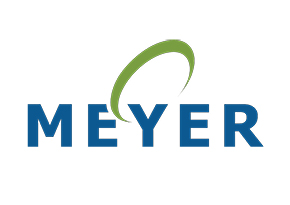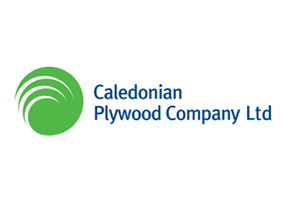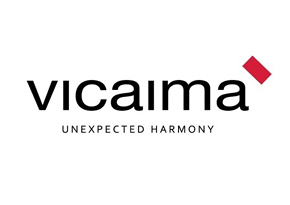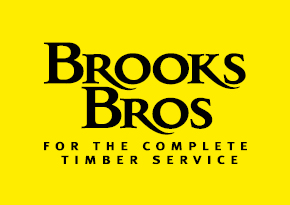Taking timber beyond traditional boundaries
In This Series

Timber is a natural, hygroscopic, anisotropic material that must be properly understood if it is to be used efficiently within the built environment. With good silvicultural practices timber can be sourced responsibly and converted (with relatively low energy requirements) to provide environmentally sound construction products. Combining timber construction components appropriately through holistic design, informed detailing and quality assured building practices will result in a highly energy efficient building fabric that provides user comfort.
Article from Timber 2016 Industry Yearbook
Suggested Reading
Innovation and sustainability. Wood products for architects
Recent advances in timber technology and engineering have expanded the potential of building with wood. The development of new products and component manufacturing has allowed the construction of longer spans, the erection of multi-storey timber frame buildings, the forming of compound curved surfaces, the volumetric prefabrication and modular systems and...
01/01/2004 | Info from other organisation
List of Wood Information Sheets
This document contains a fully comprehensive list of all the most up to date Wood Information Sheets (WIS) published by TRADA. Available to members for free or non-members for £12.00, these Wood Information Sheets provide technical guidance related to almost every timber topic under the sun.
Categories:
- Timber -...
17/07/2017 | Wood Information Sheet
Engineered wood: Fact sheet no. 11
This wood for good fact sheet is an introductory guide to engineered wood.
This sheet briefly explains engineered wood and then discusses the creation process and a number of the benefits of the different types of engineered woods available, included in which are: engineered timber beams (I-beams), heat treated...
01/01/2004 | Info from other organisation

















